Absolute control is not often feasible, but steps can be taken to lessen introduction of potential pathogens
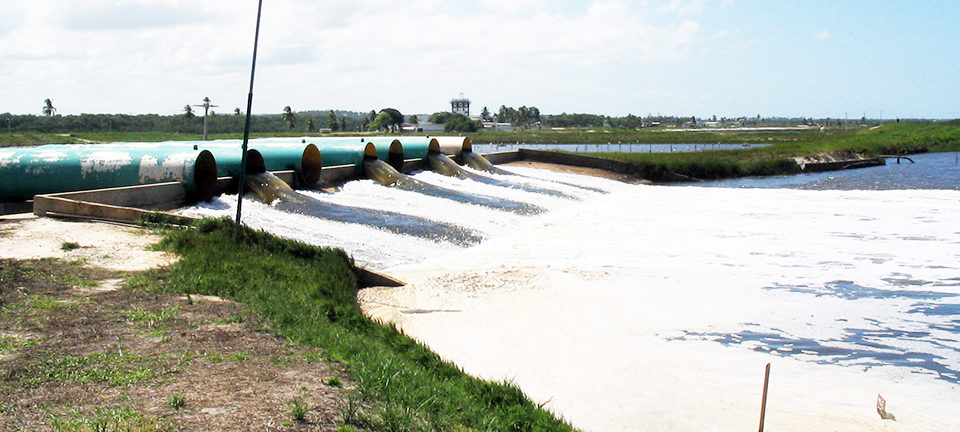
Sourcing of contaminant-free water is a challenge, so every hatchery should employ filtration in combination with disinfection treatments to eliminate most bacteria. Aquaculture is much like any other agricultural practice, in that monoculture production environments are not ecologically balanced and are inherently stressful. Diseases are unfortunately an intrinsic component of all agricultural processes, and aquaculture is no exception.
Currently, disease outbreaks are a serious issue at many shrimp farms with, it seems, new diseases being identified with regularity. An opportunistic strain of Vibrio parahaemolyticus containing genes that result in the production of a potent toxin that causes early mortality syndrome (EMS) or acute hepatopancreatic necrosis has decimated shrimp farms in a number of countries. There is a very high probability it will continue to move into other areas.
A recently characterized virus coined the covert mortality disease virus (CMNV), as well as a fungal parasite, the microsporidian Enterocytozoon hepatopenaei, are also wreaking havoc. Just as with the etiologic agent of EMS, these will continue to spread as a result of the failure to adhere to basic, common-sense biosecurity practices.
The situation is in no small part a result of the fundamental nature of the global shrimp-farming community. Misguided efforts to empower small, non-science-based farming operations combined with a widespread failure to learn the lessons from past disease outbreaks will continue to ensure that these diseases – and new ones – will spread.
While a silver lining in all of this may be higher shrimp prices and financial windfalls for farmers who are able to work around these problems, large numbers of farmers will be adversely affected economically, with entire production systems damaged in some countries.
Biosecurity considerations
Biosecurity can be defined as those procedures and operating protocols that hatchery and farm personnel use to minimize the impacts of disease on their animals. It encompasses a wide collection of practices that range from strategies to prevent pathogens from entering production systems to tools that strengthen the ability of the animals to withstand the stresses of ecologically unbalanced production systems and the use of tools to increase immunity.
Biosecurity measures are typically adaptive, since not all potential pathogens are the same, with common core components that remain similar regardless of the aquatic species produced. Some are common-sense measures, and others are less obvious.
There are no givens, in the sense that nothing can absolutely prevent any problems from occurring. However, proper implementation and use of specific protocols can slow the rate of movement of pathogens and protect industries in unaffected countries. Failure to use these tools poses a grave risk to shrimp and fish aquaculture everywhere.
Each component of the production process is linked. Potential pathogens can readily move among these linked systems. Maturation is linked to the hatchery, and larval shrimp production is linked to postlarvae production, which in turn is linked to what occurs on the farm. Most pathogens that move from maturation facilities to farms are not thought to be transmitted in the eggs, but are rather on the eggs – an important distinction.
Various potential pathogens are present as surface contaminants, and a few common-sense protocols can significantly lower their loads. Some are transmitted in the eggs, which poses a different kind of challenge in terms of control.
Note that many potential pathogens can enter production systems through multiple portals. This is why absolute control is not often feasible. However, any steps taken to lessen the reservoirs and minimize the introduction of potential pathogens into production systems are important elements of a biosecurity program.
SPF broodstock
A key element of biosecurity is the use of specific-pathogen-free (SPF) animals for stocking. Based on extensive testing over multiple generations and production histories, SPF animals are free of specific pathogens. The key word here is “specific.” They are not necessarily free of all potential pathogens, although animals that are reared exclusively in highly controlled closed production systems have significantly reduced risks of carrying pathogens.
Note that being a carrier does not necessarily mean that disease is present in an animal. As soon as SPF animals are placed into non-secure production systems, such as ponds or maturation systems that are not properly designed and controlled, the SPF status weakens. It is possible, indeed probable, that some SPF animals in fact carry pathogens that are not part of the SPF status.
As new pathogens are characterized, SPF stocks should be screened for them routinely using the most sensitive tools available. At this time, this should include both CMNV and E. hepatopenaei.
Broodstock screening
Proper screening of broodstock involves testing animals no longer held under rigorous conditions for potential infections via polymerase chain reaction test procedures. Screening animals on a population basis, while perhaps offering the best cost benefit, is not without risk.
Population screening – combined with history – is a powerful tool for exclusion, but even when a population is screened at a 98 percent level of detection, 2 percent of the animals can still be carrying problems. When dealing with potential pathogens, that 2 percent can seriously impact productivity. The best way to be sure that pathogens are not present is to screen each adult animal individually.
Broodstock treatment
There are very few approved drugs for the treatment of diseases in farmed shrimp. This is because few companies can justify the huge costs of meeting regulatory requirements for a niche market.
Since anti-viral drugs are typically expensive, it can be less costly to destroy stocks than to attempt to clean them up with anti-viral drugs. While there are also no approved antibiotics, this has not prevented them from being used in most shrimp-farming countries.
For some bacteria, such as the etiologic agent of EMS found in the intestinal tracts of broodstock, use of a broad-spectrum antibiotic can be justified in combination with external disinfection as part of routine biosecurity protocols. Before use, the antibiotics must undergo appropriate testing to validate the sensitivity of the animals to the antibiotic.
Contaminant-free water
Consistent sourcing of water free of contaminants and potential pathogens is problematic at farms. But every hatchery should utilize a combination of filtration and treatment with agents such as ultraviolet rays, ozone or chlorine to ensure that water is initially free of most bacteria. The water will be colonized quickly, and further monitoring is important.
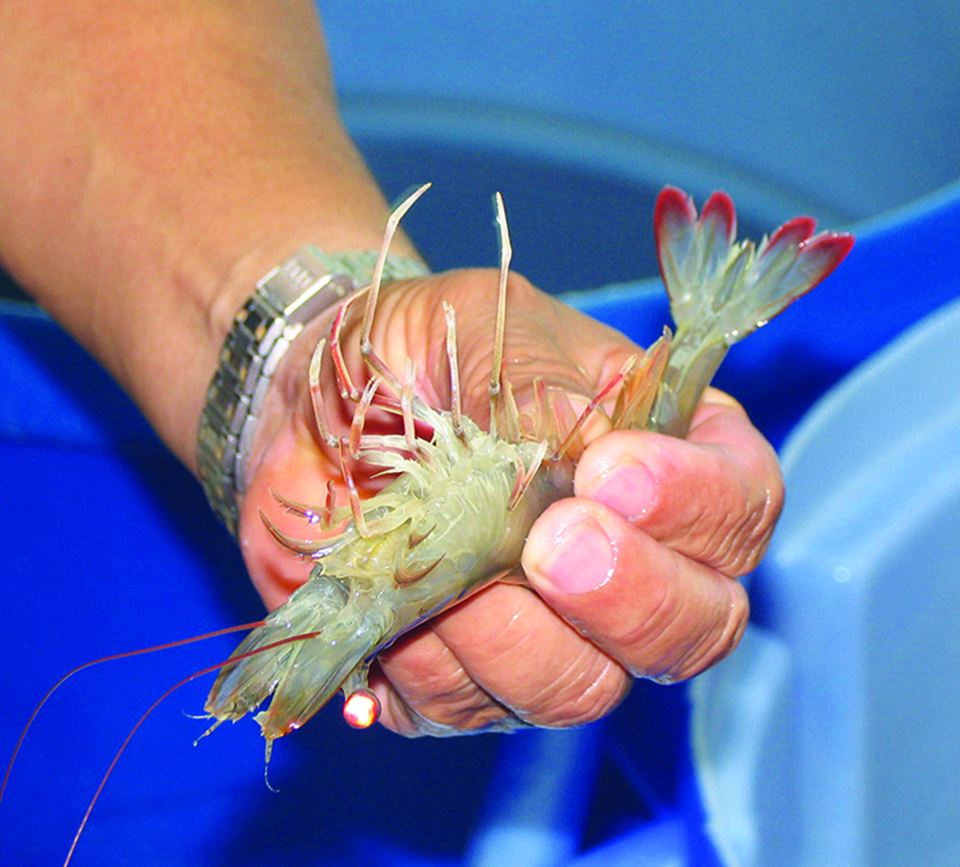
Surface pathogens
Surface-borne pathogens, including contaminating viruses, fungi and bacteria, can be dislodged via the use of surface disinfectants and large amounts of clean water. Some years ago, the monodon baculovirus was wreaking havoc in cultured Penaeus monodon. The virus was found to be transmitted via contaminated egg and nauplii surfaces. Copious washing and surface disinfection of eggs and nauplii were able to break its cycle.
There really is no excuse for failing to at least wash eggs with surface disinfectants such as iodophors, glutaraldehyde, ozone or any of several other compounds shown effective in killing attached viruses and bacteria. The protocols employed vary depending on the risks. Done in conjunction with washing with clean water, this is a critical element of biosecurity that should be repeated again after the eggs hatch, minimizing the potential transfer of these organisms from broodstock to the farm.
Pathogens known to be transmitted from broodstock to offspring via contaminated feces, ovarian fluid and/or seminal fluid include infectious hypodermal and hematopoietic necrosis virus, baculovirus midgut necrosis virus, gill-associated virus, yellow head virus, hepatopancreatic parvovirus, monodon baculovirus, white spot syndrome virus and baculovirus penaei. Fungi, including Lagenidium and Saprolegnia species, as well as bacteria such as vibrios, including the etiologic agent of EMS (AHPNS), transfer by similar means.
Some of these can also be transmitted inside eggs. This is why the use of SPF animals is essential. Many pathogens can be transmitted via vectors, consumption of infected animals and in the water, as well.
(Editor’s Note: This article was originally published in the January/February 2015 print edition of the Global Aquaculture Advocate.)
Now that you've reached the end of the article ...
… please consider supporting GSA’s mission to advance responsible seafood practices through education, advocacy and third-party assurances. The Advocate aims to document the evolution of responsible seafood practices and share the expansive knowledge of our vast network of contributors.
By becoming a Global Seafood Alliance member, you’re ensuring that all of the pre-competitive work we do through member benefits, resources and events can continue. Individual membership costs just $50 a year.
Not a GSA member? Join us.
Author
-
Stephen G. Newman, Ph.D.
President and CEO
AquaInTech Inc.
6722 162nd Place Southwest
Lynnwood, Washington 98037-2716 USA[109,111,99,46,104,99,101,116,45,110,105,45,97,117,113,97,64,109,119,101,110,103,115]
Tagged With
Related Posts
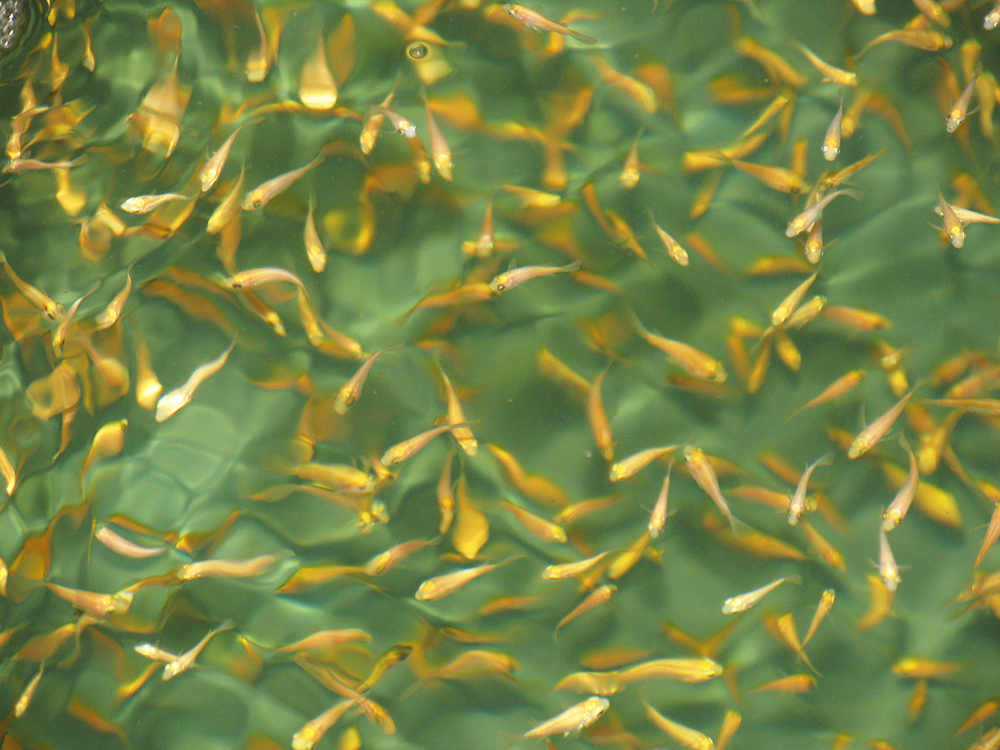
Health & Welfare
Biosecurity practices on fish farms need beefing up
Biosecurity measures and preventive strategies are essential in any biological production chain. Properly planned and implemented biosecurity programs will enhance animal health, production and economics.
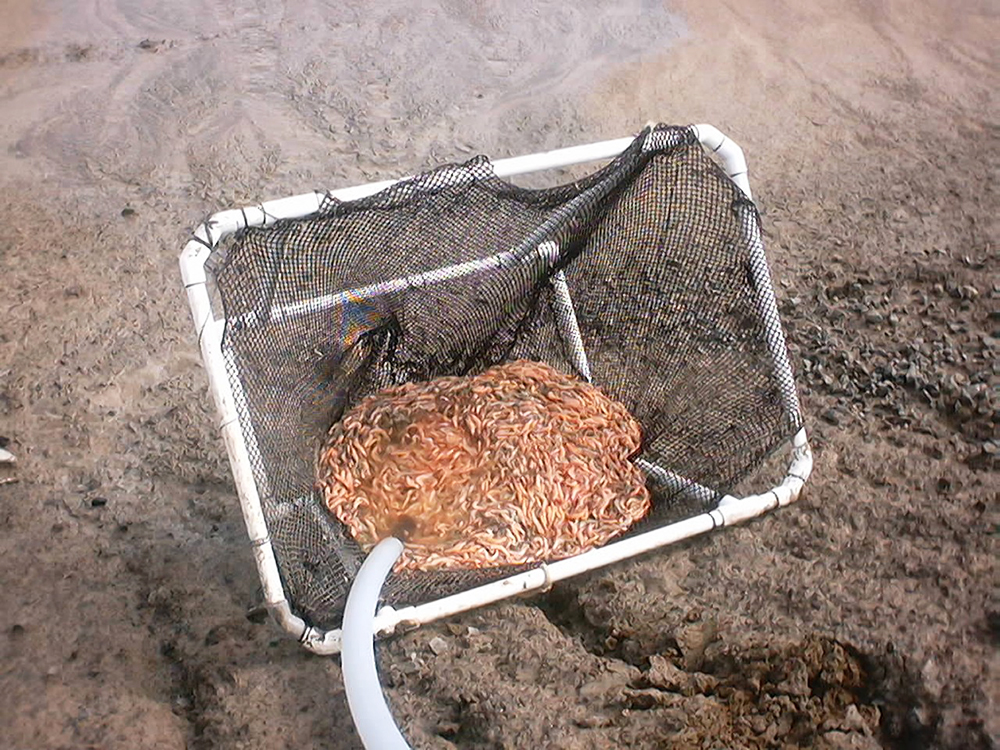
Aquafeeds
Biosecurity protocols needed for shrimp feeds, feeding practices
Shrimp aquafeeds – live, fresh or formulated – should not be an entry point of potential pathogens to the shrimp and/or to their culture systems.
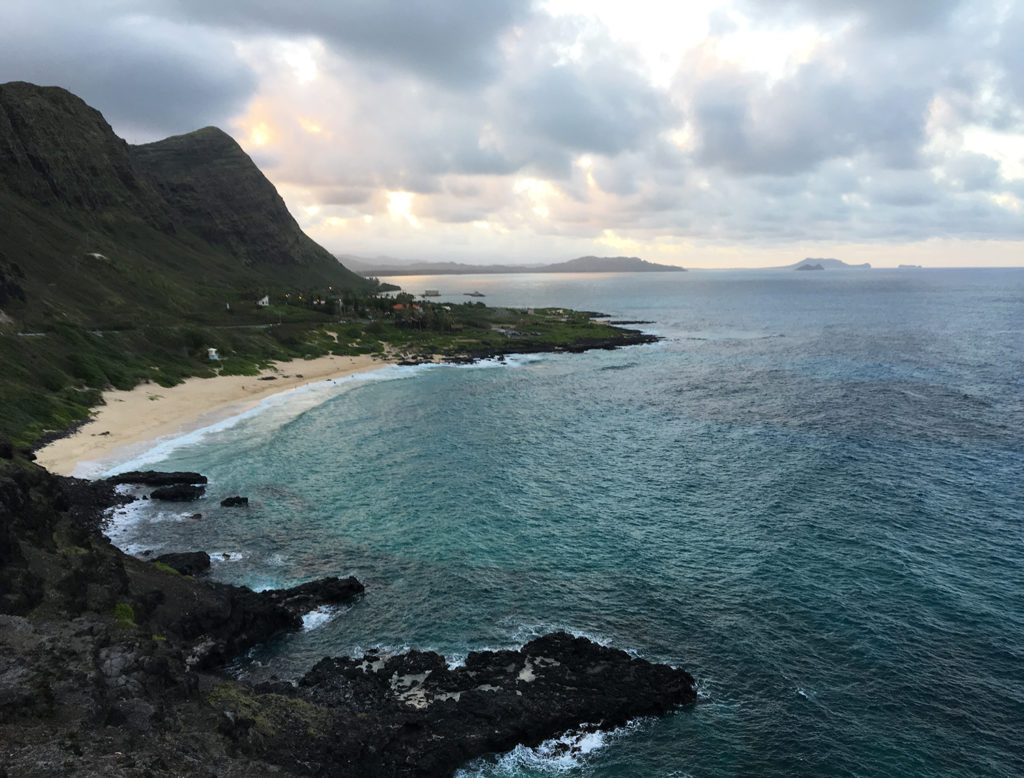
Health & Welfare
Born in Hawaii, SPF broodstock shrimp industry faces globalization
The next step for shrimp breeding will be developing animals that aren’t just disease-free, but increasingly resistant to multiple pathogens. The industry is globalizing, with suppliers setting up shop overseas. But its birthplace will always be Hawaii.

Intelligence
An engineer’s design for a classroom aquaculture-aquaponics system
An aquaponics teaching system was designed, built and operated by students at the University of Arizona, integrating its operation and management into the educational curriculum. This engineering design will require minimum maintenance and will last years.



